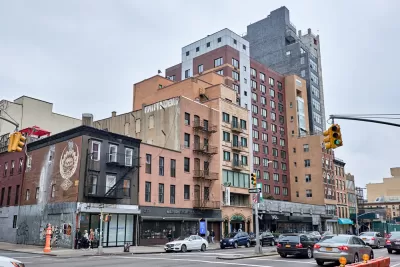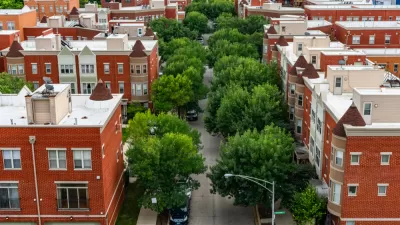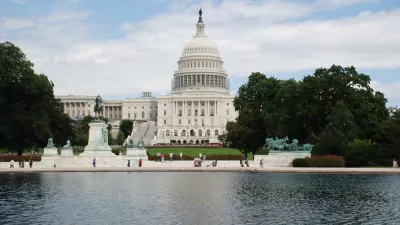Recent political interest in local land use regulations requires a thorough and nuanced understanding of the strengths and limitations of the methodologies available for measuring the effects of zoning.

As noted in an article by Jenny Schuetz, both the Trump administration and a subset of the Democratic presidential candidates have proposed the removal of regulatory barriers to new development in the hopes of alleviating the nation's ongoing housing affordability crisis.
"But to design policies that are effective are reducing these barriers, we need to answer several questions," writes Schuetz. "How exactly does zoning drive up housing costs? How can we tell whether zoning is excessively restrictive?"
The answers to those questions and several that follow are "practically hard" to determine, according to Schuetz. "There isn’t one central database that contains all the thousands of local zoning codes, so most researchers conduct surveys of local planning officials. A few scholars have reviewed and manually coded laws, and there is increasing interest in using technical tools such as text analysis and machine learning….Each method has distinct strengths and limitations."
Schuetz provides examples of some of the research that have deployed those methodologies, before documenting another complication and suggesting a new frame for informing zoning reform in the name of housing affordability.
FULL STORY: Is zoning a useful tool or a regulatory barrier?

Maui's Vacation Rental Debate Turns Ugly
Verbal attacks, misinformation campaigns and fistfights plague a high-stakes debate to convert thousands of vacation rentals into long-term housing.

Planetizen Federal Action Tracker
A weekly monitor of how Trump’s orders and actions are impacting planners and planning in America.

San Francisco Suspends Traffic Calming Amidst Record Deaths
Citing “a challenging fiscal landscape,” the city will cease the program on the heels of 42 traffic deaths, including 24 pedestrians.

Adaptive Reuse Will Create Housing in a Suburban Texas Strip Mall
A developer is reimagining a strip mall property as a mixed-use complex with housing and retail.

Study: Anti-Homelessness Laws Don’t Work
Research shows that punitive measures that criminalized unhoused people don’t help reduce homelessness.

In U.S., Urban Gondolas Face Uphill Battle
Cities in Latin America and Europe have embraced aerial transitways — AKA gondolas — as sustainable, convenient urban transport, especially in tricky geographies. American cities have yet to catch up.
Urban Design for Planners 1: Software Tools
This six-course series explores essential urban design concepts using open source software and equips planners with the tools they need to participate fully in the urban design process.
Planning for Universal Design
Learn the tools for implementing Universal Design in planning regulations.
Heyer Gruel & Associates PA
JM Goldson LLC
Custer County Colorado
City of Camden Redevelopment Agency
City of Astoria
Transportation Research & Education Center (TREC) at Portland State University
Jefferson Parish Government
Camden Redevelopment Agency
City of Claremont





























